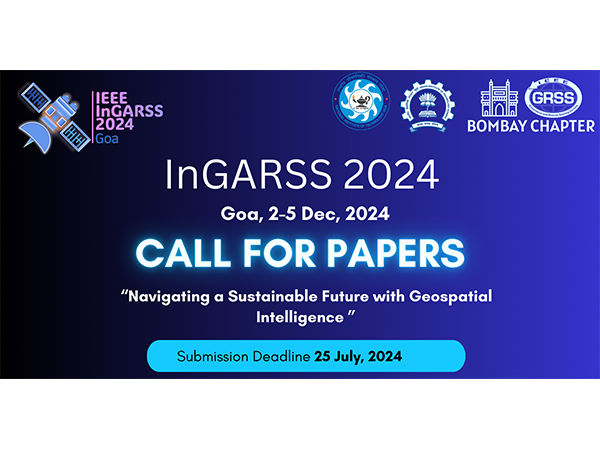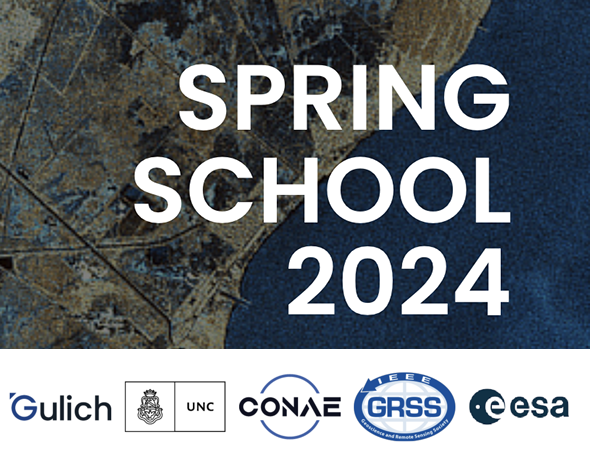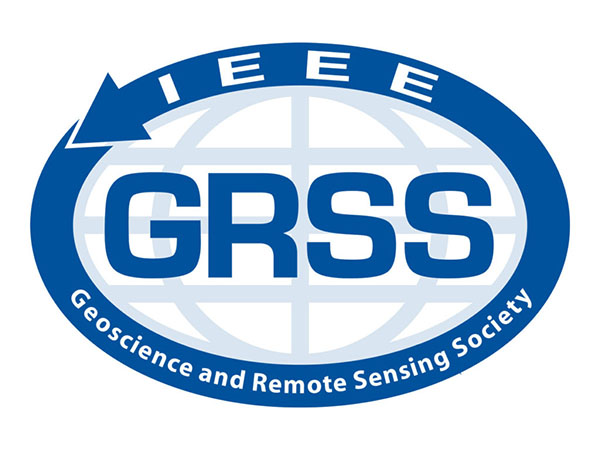Electromagnetic Scattering from Rough Surfaces at the Light of the Integral Equation Model and its Variants
Webinar Speaker: José Luis Alvarez-Perez, Universidad de Alcalá, Madrid, Spain
- January 11, 2022
- 11:00 AM (EDT)
- Sponsored by GRSS
- MIRS-TC Webinar
About the Webinar
The computation of the electromagnetic wave scattering from a rough surface or the statistic of an ensemble of them is one of the canonical scattering scenarios in Radar Remote Sensing and has been an object of study in this field for a long time. The Integral Equation Model (IEM) developed by A. K. Fung and his collaborators was one of the big attempts to unify the classical approaches given by the Small Perturbation Method and the Kirchhoff Approximation in one single formula. There have been many other versions of this model in the last thirty years and the author of this seminar has actively contributed to two of them. The subject of this webinar is to describe the history and details of this line of research and to compare the IEM paradigm and results with other competing models to date.
Speakers’ Bio
José Luis Alvarez-Perez received the M.Sc. degree in physics from the University Autonoma of Madrid (UAM), Madrid, Spain, in 1993 and the Ph.D. degree from the University of Nottingham, U.K., in 2001. From 2000 to 2005, he was with the German Aerospace Center (DLR), Oberpfaffenhofen, Germany, where he worked on the SAR antenna subsystems of the Envisat and TerraSAR-X satellites at the Microwaves and Radar Institute (HR). In 2005, he moved to the Department of Signal Theory and Communications, Technical University of Catalonia (UPC) Barcelona, Spain, where he stayed until he joined the University of Alcala, Madrid, in 2007. While at UPC, he worked with the Barcelona Supercomputing Center (BSC) facilities. He is currently with the Department of Signal Theory and Communications, University of Alcala. His research interests include the theoretical study of scattering processes that occur in random media and their relevance for quantitative radar and radiometric remote sensing, as well as image enhancement techniques and antenna design and optimization.




























